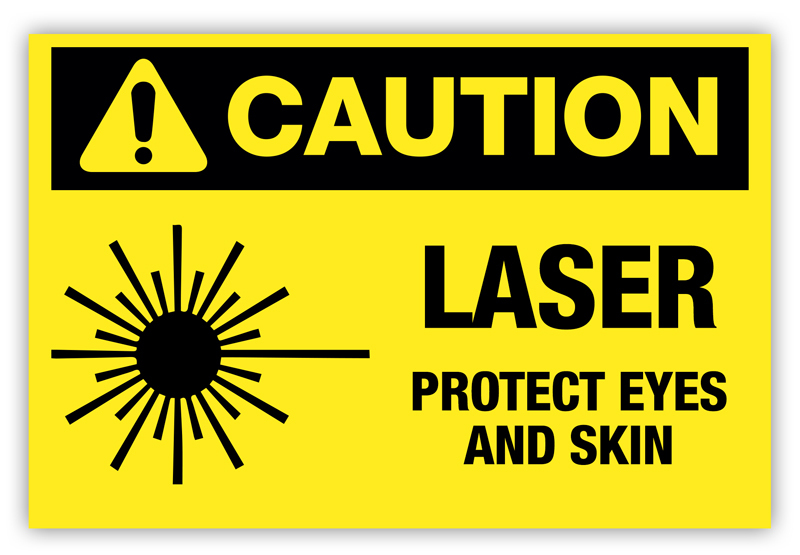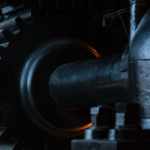Laser cutters, engravers, etchers, and other types of technology use electricity and laser beams to create various types of items. It’s a tightly focused process that uses lenses (or another tech) to concentrate the beam and to keep it from being scattered or diffused. Laser beams can be invisible or visible.
The fact that laser systems are based on the emission of radiation and require a large amount of energy that is concentrated to a small area, makes almost every kind of laser process hazardous if you don’t take the proper precautions. Laser systems and machines have built-in safety technology, but you still have to be cautious when using them.
Regardless of the laser technology you use, there are some potential risks and important precautions to take when using them.
Potential Hazards
- Fire – Lasers produce high-energy that can cause a fire if the beams come into contact with flammable materials. Keep anything flammable away from your cutting, engraving or etching machine just in case.
- Radiation – Invisible and visible lasers produce radiation because that is what is produced by the light. The danger lies within not covering reflective materials that could potentially cause blue or ultraviolet light to be reflected into your eyes. It can cause serious burns that cause permanent damage to your skin and could make you blind.
- Fumes – When working with metals, lasers give off fumes, or mists, which can cause a respiratory hazard. Sometimes the mists and fumes are invisible, but the hazard is still there. Adequate ventilation can prevent you from inhaling visible or invisible fumes or mists.
- Electrical Shock – Lasers use a lot of electrical power; therefore, electrical hazards exist. Always make sure to use the proper outlets and voltage for your machine to prevent problems. Also, take care when plugging and unplugging your machine.
- Skin & Eye Damage – There is a potential risk of skin and eye damage when using lasers. That’s why you’re required to wear special eyewear and/or head gear depending on the machine you use.
- Mechanical – Some laser systems use mechanical arms or other manipulators to move the light beam around. There is always a chance that the laser beam could be sent in unintended directions.
The key to preventing potential hazards like these is to learn the safety guidelines for using laser machines. Buy only the best & safest engravers. Read the manufacturer’s instructions and safety guidelines to ensure the proper precautions are taken when using a given machine.
Prevent fires by moving anything that can potentially go up in flames around your work area. Remember to wear safety gear as recommended by your laser machine’s manufacturer. Since the light and fumes omitted by laser can sometimes be invisible, don’t take chances. Work in a well-ventilated area, wear a mask if necessary, and protect your eyes with the right eyewear.
Whether you own your own laser engraving business, or you work for a company that uses laser technology for cutting, engraving, marking, or etching materials, it’s crucial to ensure your safety as well as the safety of those you work with.





























